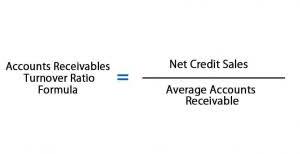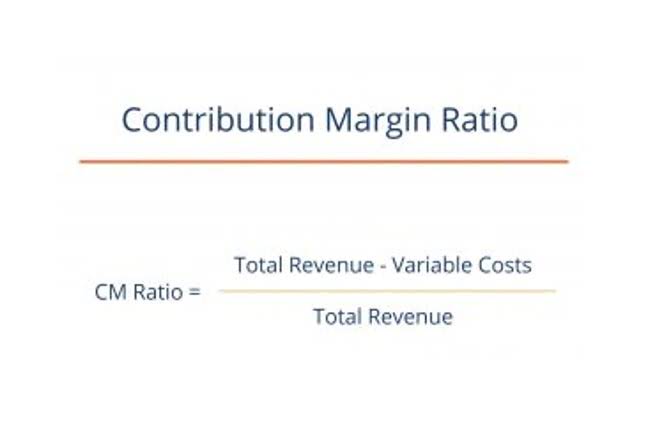
More sophisticated payroll software allows for access control and encryption, offering superior data security. An automated payroll system is a software platform that automatically completes many tedious aspects of payroll processing in place of manual human labor. This includes all the standard calculations and steps from deductions to direct deposit, as well as less common ones, like collecting garnishments or tracking tips. Transitioning to payroll automation signifies a significant advancement in business operations, enhancing accuracy, efficiency, and compliance. It represents a forward-looking investment for any business, adapting to the dynamic needs of contemporary workforces and regulatory landscapes. By carefully selecting a suitable payroll automation system, businesses can streamline their payroll operations, boost employee satisfaction, and concentrate on strategic growth.

Improve Data Security
- Here, you can also tweak any other fine details, like tax deductions, commissions, bonuses, employee benefits and additional income if needed.
- A key component of the ‘automated’ aspect of payroll software is pay calculations.
- Harnessing payroll automation is not merely about keeping pace with the latest trends; it’s about unlocking a transformative strategy for business efficiency and employee satisfaction.
- EY estimates that between 20% and 60% of full-time employees, costs could be saved by automating such work.
- Since money is deposited more efficiently, financial planning is easier for both the employer and employee.
We have tried and reviewed the following payroll automation systems for you. Instead of dealing with scattered HR documentation, take care of your HR documents and processes all in one place within your payroll software. But it can also be one of the most time-consuming and complicated elements to accurately track.
Ways To Improve Employee Experience (EX) in 2024
With RPA, digital workers continually update employee data management systems, inform stakeholders using automated payroll system notifications and ensure staff is paid the correct amount on time. Payroll management refers to the administrative task of calculating and managing employee salaries, wages, and benefits to ensure timely payments in line with local and international regulations. Traditionally, enterprises designate payroll clerks or a team of payroll specialists led by a payroll manager to execute such tasks. Also, HR or finance/accounting teams carry the responsibility of payroll management in many enterprises. According to the American Payroll Association, your costs might decrease by 80%.

Does Deel’s automated payroll software handle independent contractor invoices?
Everybody makes mistakes, and the risk of errors is increased with vast and varied datasets requiring constant manual calculations. Using automated payroll software eliminates this from the equation, using advanced technology to calculate everything based on a small initial dataset entered into the platform. Plus, many providers offer variance reports highlighting errors early, allowing them to be quickly resolved ahead of pay runs or https://www.bookstime.com/ the deadline for submitting information and sending payments to HMRC. You don’t need us to tell you that payroll is an essential, core part of every business, whether large or small. And for those in finance and HR running payroll, all relevant information and payments must be submitted to HMRC promptly. In addition, the cost and time drain of running payroll can be high, with the processes involved taking time and effort to learn.

Or perhaps it’s from cutting down on the expensive and disruptive errors that tend to be a natural part of the payroll process. RPA can even help deliver value in other areas of HR, as payroll professionals are freed up to work on alternative projects and achieve their full potential. Calculating the taxes that employees and the company must pay can be a time-consuming process, particularly if a company employs workers in multiple locations with different tax laws. Here are some of the tasks accomplished by payroll software when a company automates these processes. If your organization operates in multiple states, you have even more to keep track of and errors can cost you. Automated payroll tracks updates in tax policy, makes sure you meet all the correct deadlines, and calculates withholding tax for individual employees.
Payroll software keeps this data organized, so you can stay compliant, spot errors more easily, and be better prepared for a possible audit. Let’s dig into some of the specific benefits of using payroll software to streamline HR processes. Altogether, faster and more accurate payroll processing means employees are far more likely to get their paychecks on time, every time.
While hourly employees may still clock in and out, automated time-tracking software helps eliminate the likelihood of missed punches and lost hours. Instead, automated payroll factors these hours into its calculations payroll automation and can even flag clear discrepancies, like a 24-hour shift from an employee who forgot to clock out. This prevents HR from manually entering data into payroll, reducing the opportunity for human error.
- There’s a clear business case for automating repetitive work as a whole but consider certain business functions.
- But with a more efficient, cost-effective alternative readily available, it’s time employees’ payroll purgatory becomes a thing of the past.
- In this article, we’ll be discussing the benefits of payroll automation, how to automate payroll, and how to choose the right system for you.
- While it may seem like a straightforward process, managing payroll manually can be time-consuming and prone to errors.
- Once you’ve settled on the right software, you will need to migrate your payroll data, train your employees, and test the software prior to going live.


